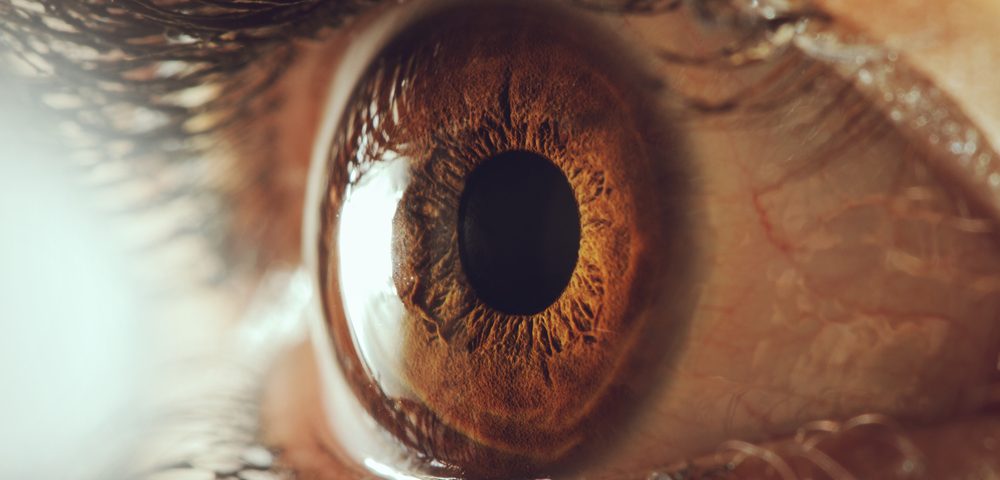A young man with Gaucher disease type 3 (GD3) developed fat deposits in the eye, called floaters, that impaired his vision despite long-term treatment with enzyme replacement therapy (ERT) and substrate reduction therapy (SRT), a case study reports.
A surgery called vitrectomy — in which the gel that surrounds the eye was removed and replaced with saline — led to significant vision improvements, according to the researchers.
These findings highlight the importance of careful vision monitoring and the need for therapies that can penetrate the eye of people with GD3.
The case study, “Mass Spectrometry Evaluation of Biomarkers in the Vitreous Fluid in Gaucher Disease Type 3 with Disease Progression Despite Long-Term Treatment,” was published in the journal Diagnostics.
GD is caused by mutations in the GBA1 gene, which lead to insufficient activity of the beta-glucocerebrosidase enzyme and accumulation of a lipid (fat) called glucocerebroside in cells.
The disorder is classified as one of three types based on the absence (type 1) or presence (type 2 and type 3) of symptoms affecting the central nervous system — the brain and spinal cord — and on when clinical signs develop.
Included in the neurologic symptoms are intraocular (within the eyeball) manifestations — such as corneal clouding, retinal lesions, and white spots in the field of vision, called vitreous opacities or floaters — but these have been deemed rare in those with GD3.
In this case report, researchers in Canada described a case of severe intraocular involvement in a 20-year-old man with GD3 despite long-term treatment with ERT and SRT.
The patient had been given Cerezyme (imiglucerase, by Sanofi-Genzyme) since he was 18 months old. At age 10, he also started on the SRT Zavesca (miglustat, by Actelion Pharmaceuticals) due to progression of the disease into the lungs and bones.
At age 14, he began experiencing symptoms involving the eyes, and at age 18 he complained of floaters or seeing “orbs.” Eight months later, his left eye vision worsened.
An examination of the interior lining of the eyeball, called the fundus, revealed increased fat deposits in both eyes. His vision in the right eye also worsened.
The man underwent vitrectomy at age 20, which is a procedure in which the vitreous humor gel that fills the eye cavity is removed and replaced with a saline solution. During the procedure, the surgeon removed most of the fat deposits in the eyes, which led to an improvement of visual acuity.
The team then used a technique called mass spectrometry to analyze the protein content of the vitreous fluid. They compared it with the fluid from a control patient, without Gaucher, who had also undergone the same type of surgery.
The results revealed that the deposits in the GD3 patient’s eyes were composed exclusively of 12 slightly different forms (isoforms) of glucocerebroside. There was no evidence detected of another type of fat linked with Gaucher, called galactosylceramide.
Following eye surgery, the man’s vision improved in both eyes — and has remained stable for the 2.5 years he has been followed.
The researchers said the development of such intraocular problems despite ERT and SRT highlight the need for “ongoing ophthalmologic evaluation of all GD patients.”
Notably, ERT and SRT are unable to cross the blood-brain barrier — a highly selective membrane that shields the central nervous system from systemic blood circulation. They also can not reach the eye due to the blood-retinal barrier, a physiological barrier that protects the retina. That makes these approaches ineffective for neurological symptoms.
As a result, there is a need for new therapies that can reach the brain and the eyes of GD patients, the scientists said.


